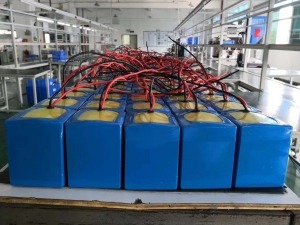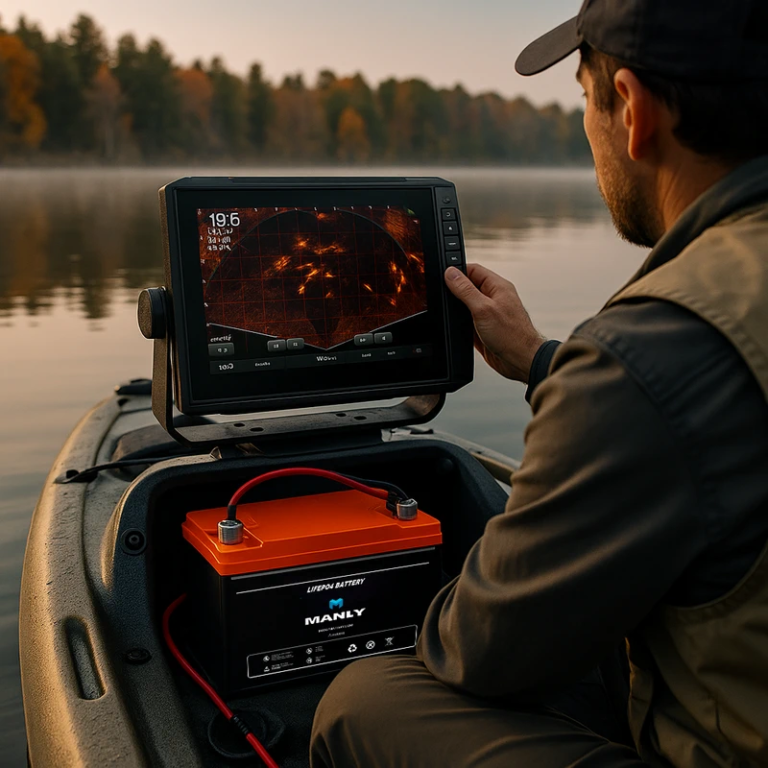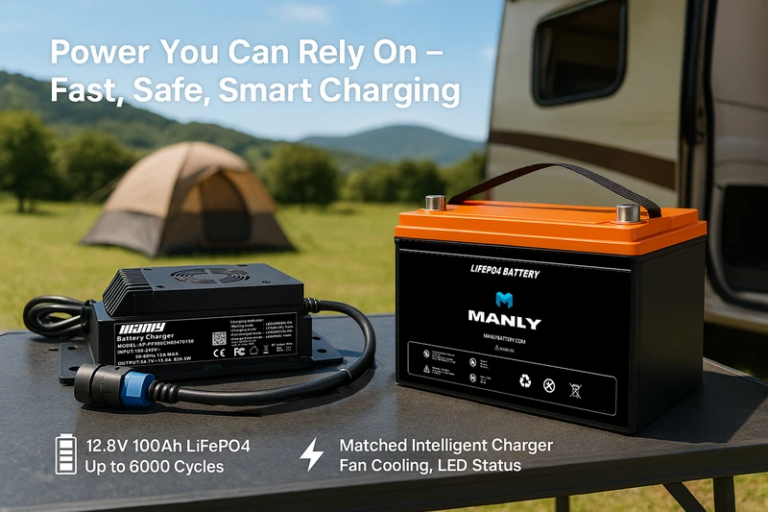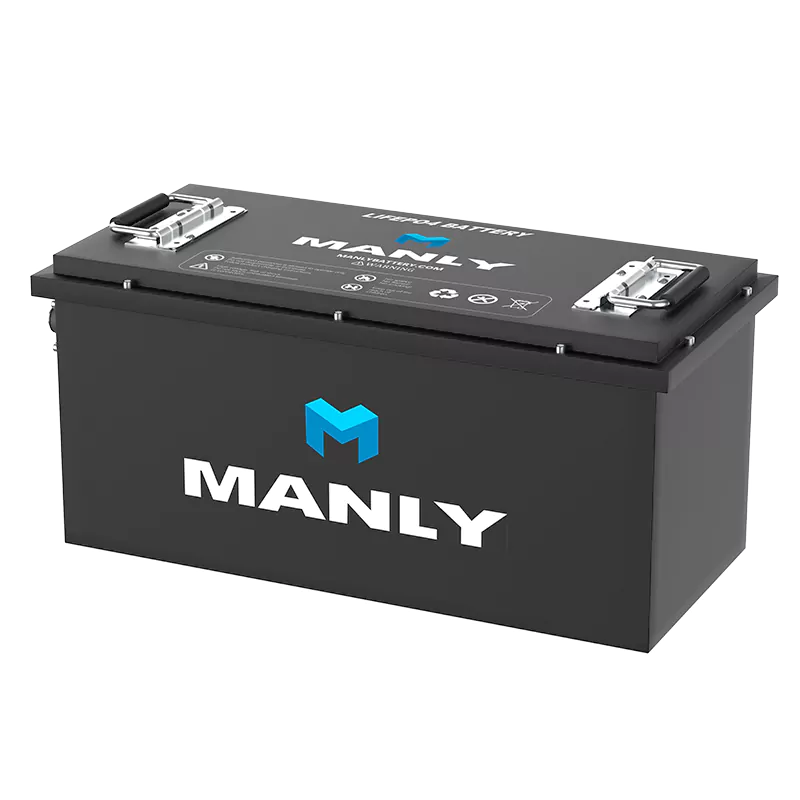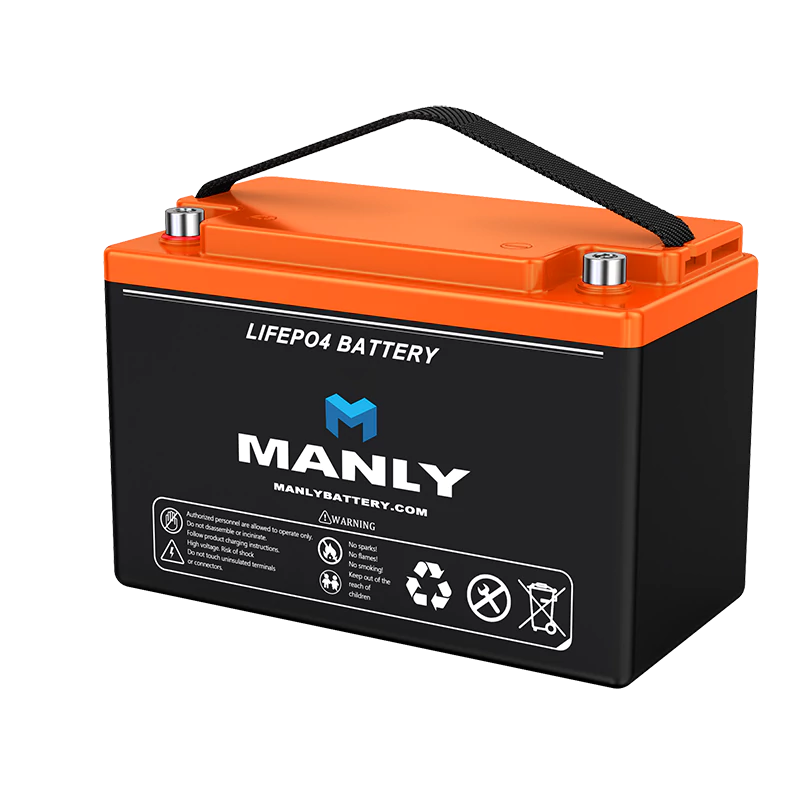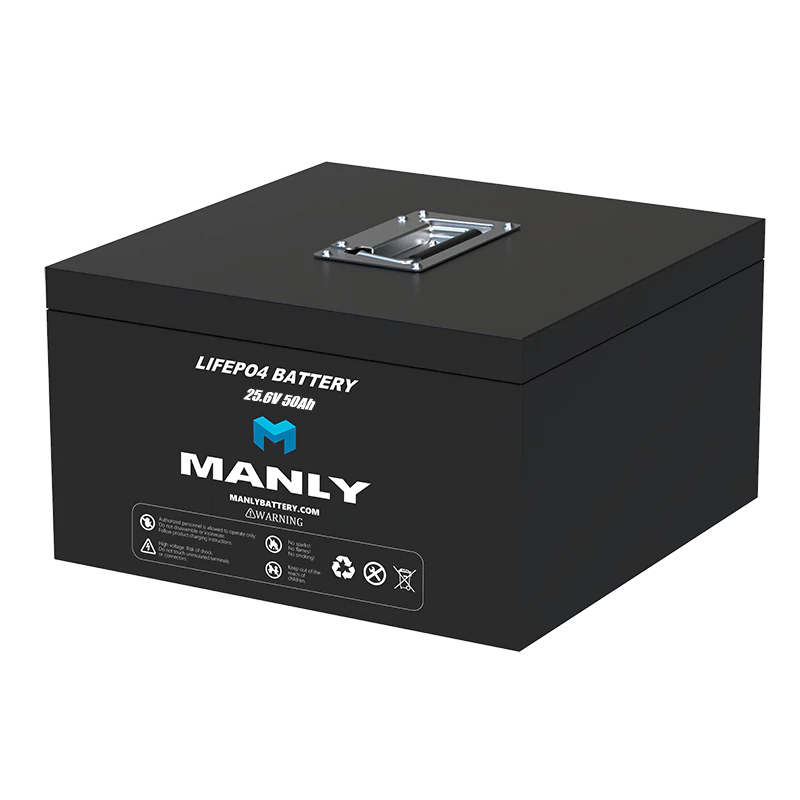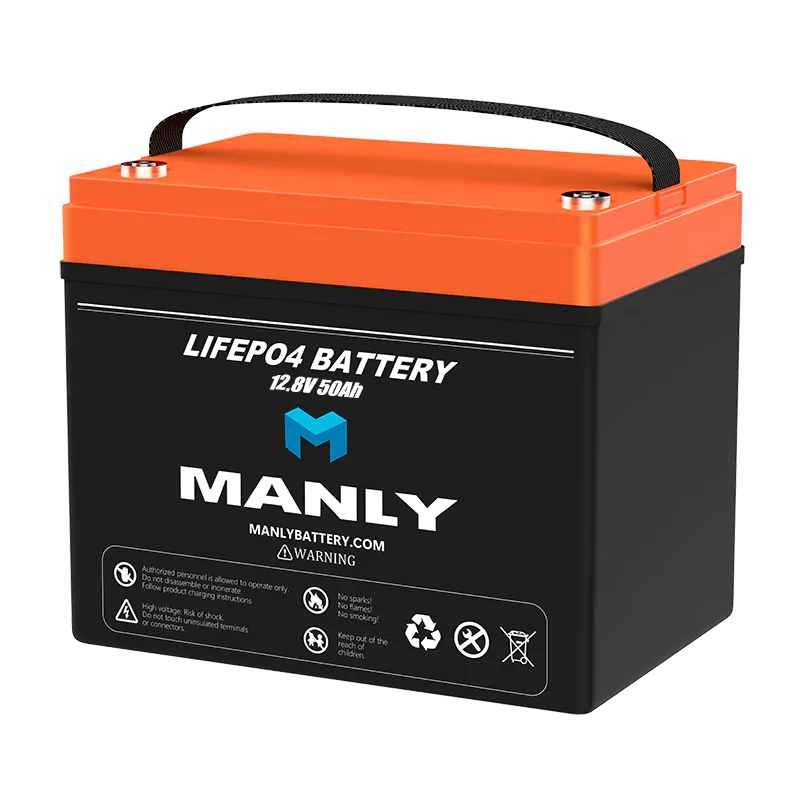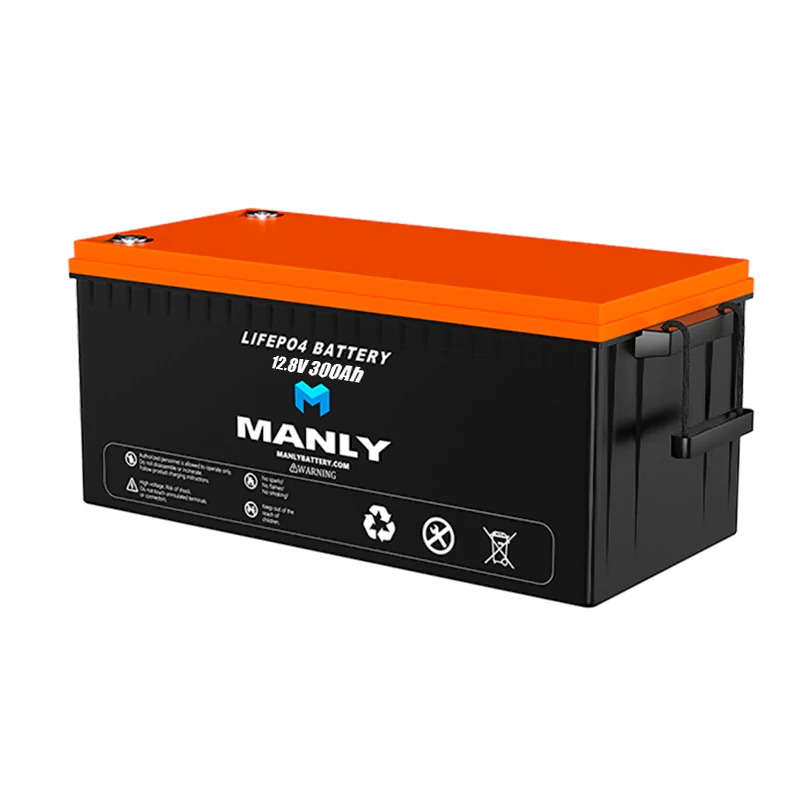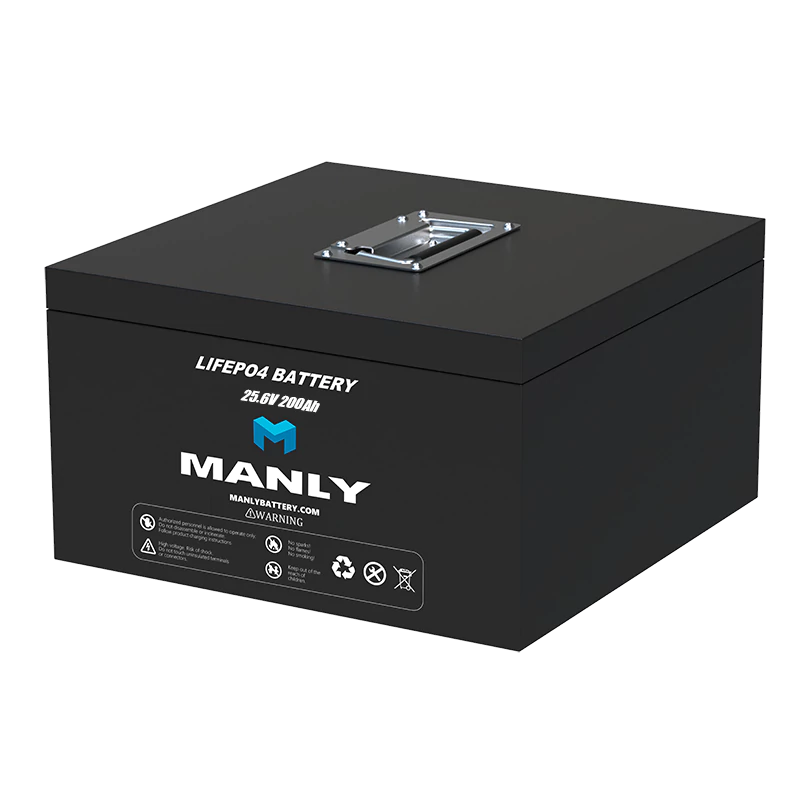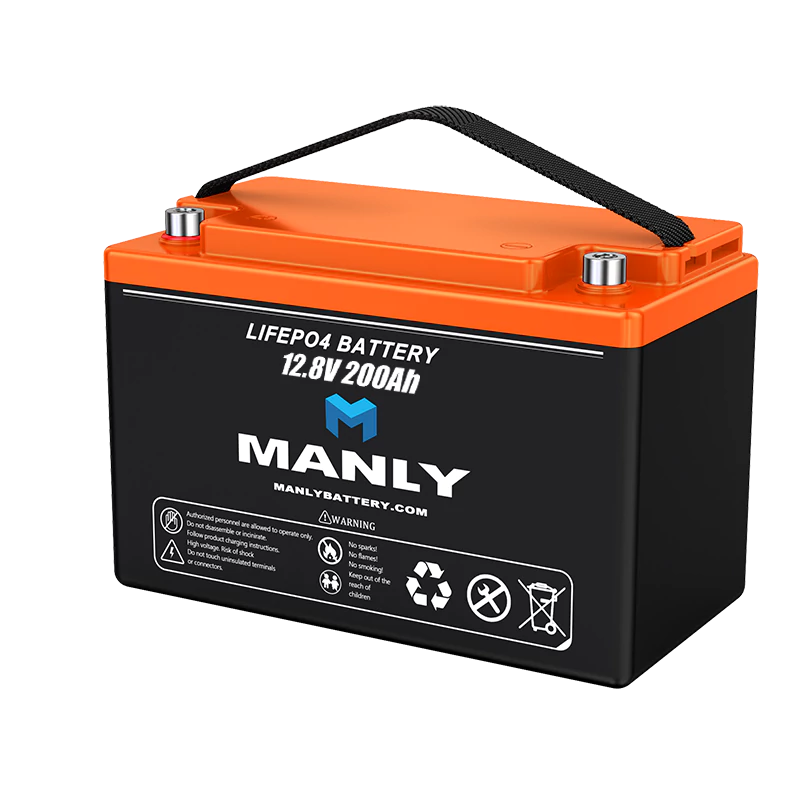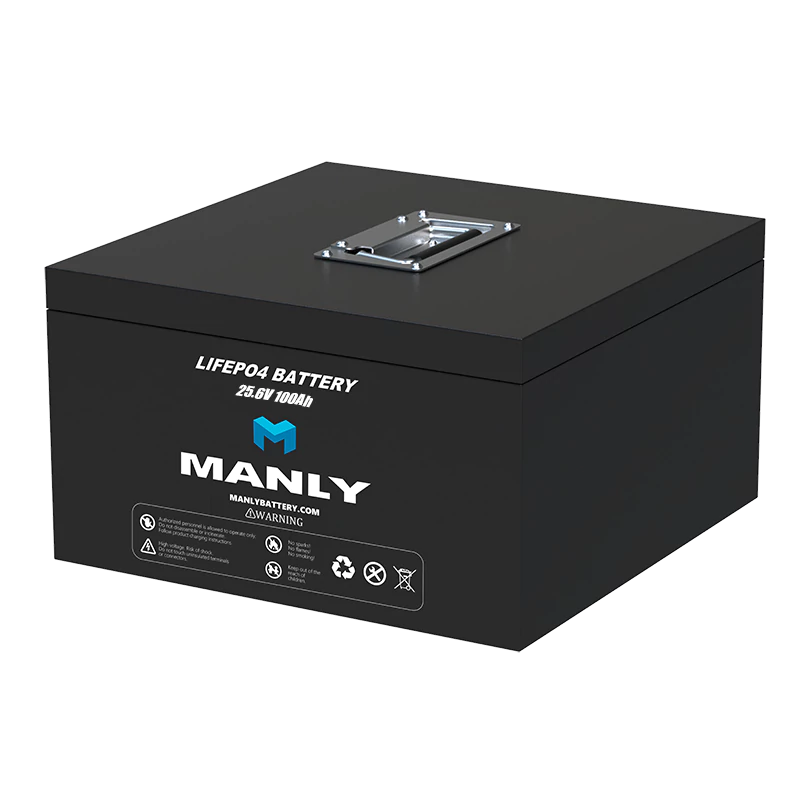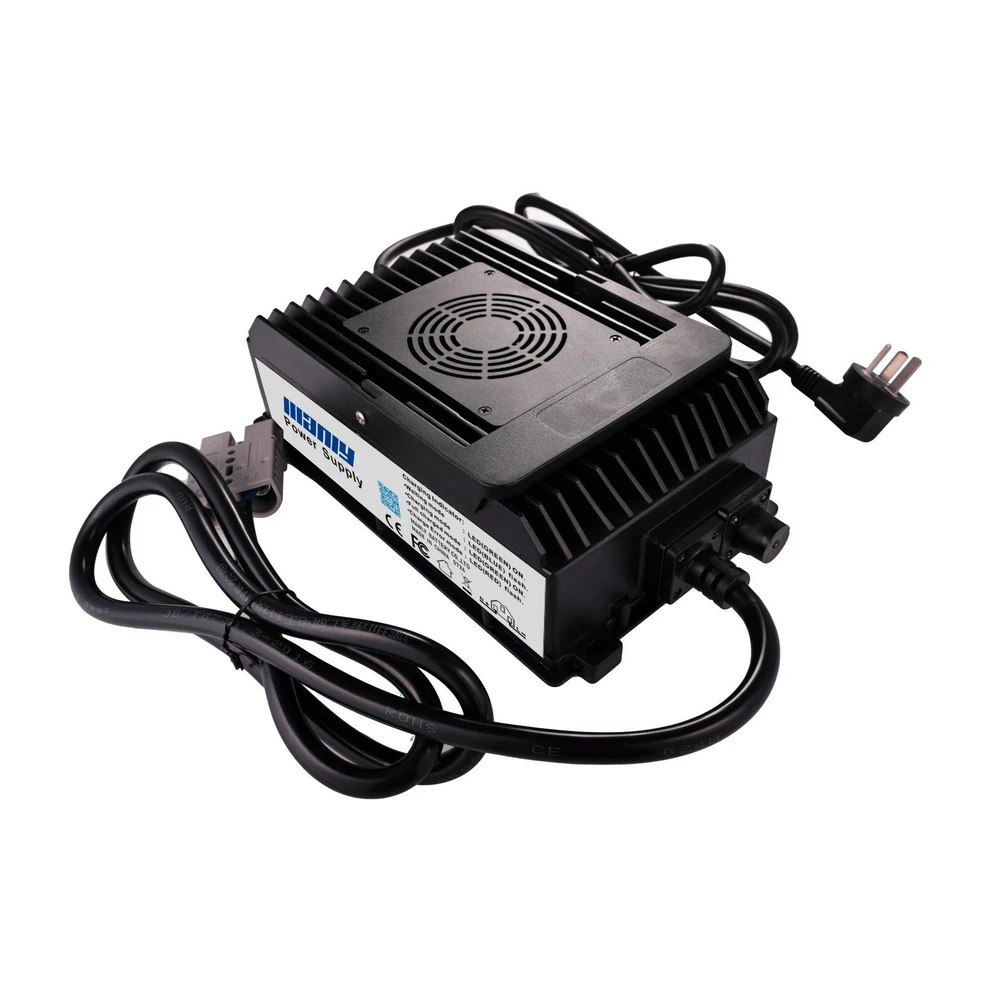Guia de tamanho da bateria: selecionando o melhor ajuste para suas necessidades
Índice
- Guia de tamanho da bateria: selecionando o melhor ajuste para suas necessidades
- Ficando inteligente com os padrões de bateria
- Crachando o código: tamanhos de grupo de bateria
- As coisas grandes: o que procurar ao selecionar uma bateria
- Considerações específicas do aplicativo
- Recomendações de especialistas e soluções de bateria masculina
- Ferramentas e cálculos para selecionar uma bateria
- Conclusão
- FAQ
- Saiba mais sobre bateria
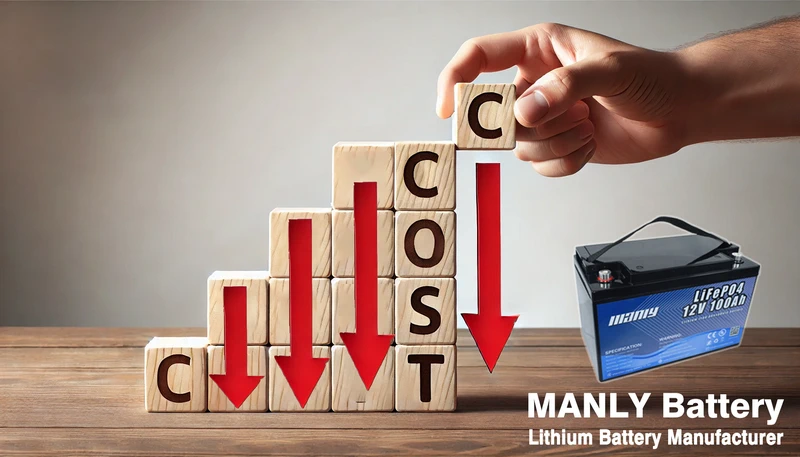
Ficando inteligente com os padrões de bateria
1. O que exatamente é o tamanho da bateria?
Battery Size isn’t just about how big it looks. It's a combo deal: the outer shell (length, width, height), the inside juice (capacity), and the punch it packs (performance). Two batteries might look identical outside, but one could power your off-grid cabin while the other can barely run a flashlight. It all comes down to internal capacity, chemistry, and design.So next time someone says they need a bigger battery, ask them—"bigger in volume or voltage?" Because in the world of energy, size isn’t everything.2. Por que os padrões da indústria são importantes
Por que uma bateria AA de uma marca funciona e outra no controle remoto da TV? Isso é padronização global no trabalho. OComissão Eletrotécnica Internacional (IEC)Define as regras, mantendo as coisas consistentes e seguras.- IEC 60086governa suas baterias clássicas de uso único.
- IEC 60095Cobra configurações de íons automotivos, solares e de lítio recarregáveis.
3. Formas que alimentam o mundo
Os designers moldam as baterias não para a estética, mas para funções específicas. Vamos quebrá -lo:- Células cilíndricas: Pense em AA, AAA ou as células em ferramentas elétricas e dispositivos de alto drenagem. Estes são pequenos tubos brutais que lidam com pressão e calor como campeões.
- Células prismáticas: Estes são magros e planos e são usados em laptops e tablets. Eles economizam espaço, mas precisam de um bom resfriamento.
- Células de botão: Pequenos discos perfeitos para relógios, aparelhos auditivos e aparelhos médicos. Pequeno, mas poderoso.
Crachando o código: tamanhos de grupo de bateria
1. O que é um tamanho de grupo de bateriaDe qualquer forma?
A O tamanho do grupo de bateria é como um tamanho de sapato - para o seu compartimento da bateria. O código informa as dimensões físicas da bateria, conforme definido pelo Battery Council International (BCI). Mas aqui está o kicker: o tamanho do grupo não diz o quão poderoso é a bateria ou quanto tempo vai durar. Apenas diz a você se vai se encaixar.Escolha o tamanho errado do grupo e você poderá acabar com terminais no local errado, conexões soltas ou pior ainda - não há maneira de fechar o capô.2. Como escolher o ajuste certo
You don’t need to guess. Group size charts spell it all out—height, length, width, and terminal layout. Here's a quick cheat sheet:| Tamanho do grupo | Dimensões (polegadas) | Usado em |
|---|---|---|
| Grupo 24 | 10,25 x 6,81 x 8,88 | Carros, RVs leves |
| Grupo 27 | 12,06 x 6,81 x 8,88 | Barcos, sistemas fora da rede |
| Grupo 31 | 13,00 x 6,81 x 9,44 | RVs, marinhos, caminhões comerciais |
| Grupo 35 | 9,06 x 6,88 x 8,88 | Carros compactos, sistemas híbridos |
| Grupo 65 | 12,06 x 7,5 x 7,56 | Caminhões de tamanho completo, SUVs |
3. Marine & RV obrigatório
Barcos e trailers são um animal diferente. Você quer algo que possa lidar com longos fins de semana fora da grade. É aí queGrupo 27 e Grupo 31 shine. They're deep-cycle champs, ready for solar systems, trolling motors, or entire cabin setups.- Grupo 24: Ótimo para cargas menores, como bombas de água ou iluminação.
- Grupo 27: Tamanho e capacidade equilibrados - ideais para RVs médios.
- Grupo 31: Vá grande ou vá para casa-isso pode ser um séria configurações fora da rede.

4. GolfeGrupos de bateria de carrinho
Golf carts don’t play by the same rules. Their batteries fall into the "GC" family:| Grupo de carrinho de golfe | Tensão | Tamanho (polegadas) | Onde é usado |
| GC2 | 6V ou 12V | 10,3 x 7,1 x 10,8 | Carrinhos de golfe, bancos solares |
| GC8 | 8V | 10,3 x 7,1 x 11.2 | Carrinhos de frota e utilidade |
| GC12 | 12V | 12,8 x 7,1 x 10,9 | Carrinhos pesados ou modificados |
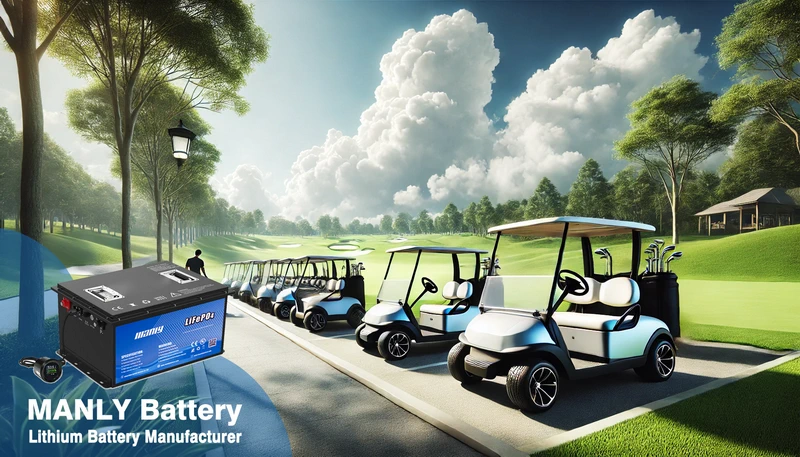
5. Por que tudo importa
Combinar o tamanho certo do grupo economiza tempo, dinheiro e frustração. Istonão é apenas adequado - trata -se de otimizar o fluxo de energia, evitar extensões de cabo e garantir uma operação segura. Confie nos gráficos. Eles têm suas costas.As coisas grandes: o que procurar ao selecionar uma bateria
1. Química: o coração da bateria
A química interna determina como uma bateria se comporta - seu poder, peso, custo e vida útil.- pradod-ácidoé antigo, acessível e ainda confiável. É ótimo para partidas do motor e pequenas rajadas de energia.
- Lítio:: Leve, duradouro e ultra eficiente. Perfeito para configurações de energia renovável, carrinhos de golfe ou em qualquer lugar que você queira menos aborrecimento.
2. Tensão e corrente: o jogo de fluxo
Todo sistema tem seu ponto ideal para tensão e amplificadores:- Tensão (V): Pense nisso como pressão em um cano. Mais volts, mais empurrão.
- Atual (AMPS): Esta é a taxa de fluxo. Mais amplificadores = mais energia, mais rápido.
- Amp-hors (ah): Multiplique os amplificadores pelo tempo. Uma bateria 100AH pode fornecer 10 amperes por 10 horas.
3. Densidade de energia vs. saída de energia
Este é tudo sobre equilíbrio.Densidade de energiaDiz a você quanta energia se encaixa em um pequeno espaço - alta densidade de energia = baterias mais leves com tempo de execução mais longo.Saída de energia, por outro lado, é a rapidez com que a energia é entregue. As ferramentas elétricas adoram baterias de alta saída. Armazenamento solar? Opte por opções de alta densidade.Em suma, densidade de energia = jogo longo; saída de potência = explosão rápida.4. Temperatura e resistência
As baterias não são fãs de temperaturas extremas:- Frio= menor capacidade, reações mais lentas
- Calor= envelhecimento mais rápido, possível falha
5. Custo vs. valor
Consciente do orçamento? Nós entendemos. Mas não apenas olhe os preços dos adesivos:- Ácido de chumbo = menor antecipadamente, manutenção maior, vida mais curta
- Lítio = é mais caro, mas tem uma vida mais longa, melhor eficiência e zero babá
Considerações específicas do aplicativo
1. Todo sistema tem suas próprias regras de bateria
Let's get one thing straight—context is everything when choosing the perfect Tamanho da bateria. A battery perfect for a fishing boat might be a disaster in a golf cart. So, let's dive into how different applications call for different power setups.1.1. Para carros e trailers
Cars typically want instant power. That's why they rely on starting batteries—usually lead-acid—that can deliver a big burst of current. But when you shift to RVs, you're dealing with a different game. Now you're powering lights, fans, fridges, and maybe even a coffee maker. Here, deep-cycle batteries—especially lithium—shine. They're lighter, recharge faster, and last longer. Ensure your Tamanho do grupo de bateriaCombina o espaço sob o capô - ou o painel do piso.1.2. Para barcos e equipamentos marinhos
In marine environments, moisture, motion, and limited space team up to make battery choice more critical. Group 24, 27, and 31 are popular picks because they provide strong capacity without hogging all your storage. Saltwater and electrical systems don't always get along, so it's extra important that your battery fits snugly, performs under pressure, and has the proper waterproofing in place.1.3. Para carrinhos de golfe e sistemas especializados
Os carrinhos de golfe podem parecer legais, mas precisam de energia séria para transportar passageiros e equipamentos o dia todo. As baterias de ciclo profundo-especialmente GC2 ou GC8-são as opções para o tempo de execução confiável. As opções modernas de lítio estão mudando o jogo, oferecendo o mesmo poder com menos baterias e menos peso.Robótica, sistemas de segurança e bancos solares fora da rede? Estes exigem soluções de ajuste personalizado. Se uma célula prismática esbelta se dobra ordenadamente em uma baía estreita ou um poderoso pacote de lítio empilhável, o direitoTamanho da bateriapode fazer ou quebrar sua configuração.2. O desafio do espaço e peso
We get it—space is tight. Every inch counts in most systems, whether it's a camper van or a boat's engine bay. That's why you need to:- Meça antes de fazer o pedido
- Combine o tamanho do seu grupo de bateria com o seu compartimento
- Considere o peso total, especially if you're worried about fuel efficiency or weight limits
Recomendações de especialistas e soluções de bateria masculina
1. Confie nos profissionais - vale a pena
Choosing a battery isn't a guessing game. It's a strategic decision that affects safety, performance, and cost. That's why listening to experts and using manufacturer specs is key. The pros factor in things like ambient temperature, charge cycles, voltage needs, and long-term cost. When in doubt, lean on the people who've built these systems for years.2. Conheça a bateria masculina: construída para a vida real
Quando se trata de desempenho, você pode contar comBateria MANLY, a name that shows up time and time again. Why? Their lineup doesn't just tick boxes—it solves real-world problems.Se você precisa de um:- Substituição de retirada 12V que corresponde ao grupo 27 ou 31 especificações
- Bateria no estilo GC2 para carrinhos de golfe que permitem usarmenosunidades
- Bloco de lítio que economiza espaço e economia para baías de trailer ou barcos apertados
Ferramentas e cálculos para selecionar uma bateria
1. Please start With the Math (Don't Worry, It's Easy)
To get the right battery, you need to know your power needs. Here's the simple formula:Watts = volts x amperesLet's say you've got a 12V fridge that uses five amps:- 12V x 5a = 60 watts
- Want to run it for 10 hours? That's 600 watt-hours
- Divide by 12V, and you'll need at least 50Ah of capacity
2. O processo infalível de 6 etapas
Quer acertar da primeira vez? Siga estas etapas:- List out all your device's wattage
- Calcule o uso diário total em Watt-Hours
- Converter em amp-horas com base na tensão do seu sistema
- Escolha uma química que se adapte ao seu caso de uso (chumbo-ácido vs. lítio)
- Verifique o fator de forma e o tamanho do grupo de bateria para obter um ajuste adequado
- Seus limites de peso, layout do terminal e necessidades de montagem
Conclusão
Choosing the right battery size in modern energy systems is more than a box-checking exercise. It's a strategic move that impacts efficiency, runtime, and reliability. Knowing your system's voltage, space limitations, and application type is essential when selecting a battery that delivers exactly what you need—no more, no less.So, here's the bottom line: match the battery group size to your compartment, verify your energy requirements, and don't cut corners on performance. Still unsure? Tap into expert support—companies like MANLY Battery offer tailored solutions combining real-world durability and technical precision. Make the smart call today—your system (and sanity) will thank you.FAQ
1. Como você dimensiona uma bateria para um sistema?
Para dimensionar uma bateria para o seu sistema, comece calculando seu consumo total de energia por dia em Watt-Hours (WH). Divida esse número pela tensão do seu sistema (por exemplo, 12V, 24V ou 48V) para obter as horas de amp (ah) necessárias. Adicione um buffer de 20 a 30% para estender o tempo de execução e prevenir a descarga completa. Sempre corresponda ao tamanho da bateria com seu espaço físico, necessidades de energia e condições ambientais.
2. Como calcular qual tamanho de bateria de que preciso?
Use esta fórmula básica:
Capacidade da bateria (AH) = Total Watt-Hours ÷ Tensão do sistema (V)
Por exemplo, se seus dispositivos usarem 1.200wh diariamente e você estará executando um sistema de 12V:
1.200WH ÷ 12V = 100AH
Isso significa que você precisará de uma bateria classificada em 100AH ou mais. Ao selecionar uma bateria, também o fator de profundidade de descarga (DOD), perdas de eficiência e tempo de execução esperado.
3. Como escolher a capacidade certa da bateria?
A escolha da capacidade da bateria certa depende de quanta energia você usa, quanto tempo deseja que seu sistema seja executado e o tipo de química da bateria. As baterias de lítio geralmente permitem descarga mais profunda e vida útil mais longa em comparação com o chumbo-ácido. Estime seu uso diário, converta-se em hours e verifique se a bateria escolhida oferece capacidade, durabilidade e tamanho da bateria que se encaixa no espaço e na tensão do sistema.


